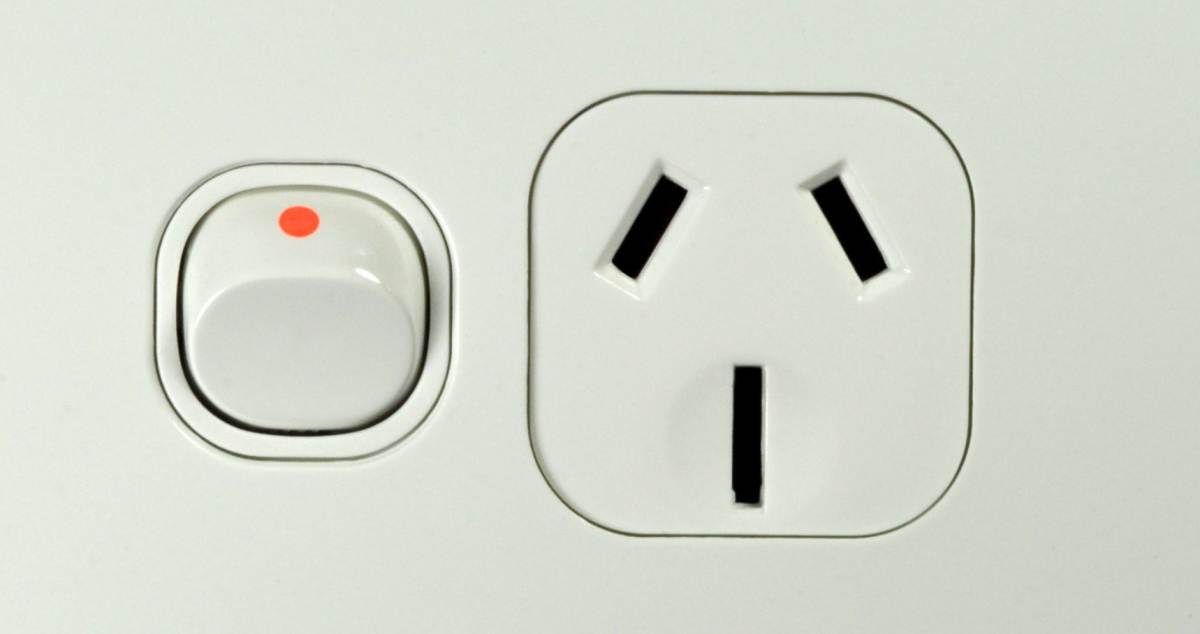
An ACCC report indicates while overall electricity consumption in Australia’s National Electricity Market (NEM) fell during the second quarter of this year, residential consumption jumped.
The Australian Competition and Consumer Commission released a supplementary report yesterday as part of its inquiry into the prices, profits and margins in NEM supply. It states demand across the NEM was down 2 per cent in Q2 2020 compared to the second quarter of 2019.
But on the residential consumption side of things specifically, it was a different story.
Using the example of Victoria, household electricity consumption jumped between 10 and 30 per cent between April and May this year compared with last year as a result of COVID-19 restrictions and colder weather. Meanwhile, small and Medium-sized Enterprises (SME) consumed between 10 and 20 per cent less during the same period.
More Customers Behind On Electricity Bill Payments
While the ACCC’s latest electricity markets report indicates electricity prices paid by many residential and small business customers in NSW, SA, SE QLD and VIC fell between 2018 and 2019, the recent increase in residential consumption is creating pressure.
In comments accompanying the reports, ACCC Chair Rod Sims said:
“The pandemic is exacerbating energy affordability concerns. At a time when many consumers are experiencing reduced incomes, increased electricity consumption could lead to rising household debt and financial strain.”
Mr. Sims said that according to available data, more residential customers are a month behind in electricity bill payments – and energy affordability could become a greater problem in the time ahead.
Another ACCC Swipe At Solar Subsidies
More people staying at home in Australia using more electricity has seen an uptick of interest in installing solar. As usual, the ACCC has brought out its old chestnut regarding solar subsidies.
“We encourage schemes that improve access to solar systems for lower income households, but non-solar households should not have to shoulder the costs of these schemes,” Mr Sims said.
The ACCC seems to have ongoing challenges with grasping cost vs. value when it comes to home solar power. Among the benefits to everyone, the Small-scale Renewable Energy Scheme (SRES) helps rein in wholesale electricity prices, slashes emissions and supports a bunch of jobs.
In a report released last year, the ACCC repeated its earlier recommendation that Australia’s major solar subsidy (aka the “solar rebate“) should be wound down and abolished by 2021. Currently, it is to be gradually phased out; with the level of subsidy dropping each year before it ends in 2030. That is unlikely to change – at this point in time anyway.

 RSS - Posts
RSS - Posts



Speak Your Mind